I may not speak for everyone, but my own critical thinking capacity pretty much evaporates when I walk into the grocery store. I’m usually hungry and in a rush—and never mind if I’ve got children in tow. Then, as soon as I walk in, the smell of fresh baked cookies and croissants hits me. I end up stopping for a pastry to tide me over as I wander the aisles, which, as it turns out, is by design.Grocers know that these smells are irresistible to shoppers, especially if you’re frazzled or hungry when you start the trip.
This is one of many sneaky supermarket tricks that grocery stores use to lure customers into spending more than they may have planned. To help make sure that you stick to your budget—and maybe even healthy eating plan—we’ve gathered some of the most common techniques that supermarkets use to promote over-shopping. Because just being aware is half the battle.
Related: Tips for picking, storing and cooking with stone fruit.

1. A warm welcome
Have you ever noticed that the flowers, produce, and baked goods tend to be the first sections in the store? That’s because grocers want to lull us into a happy (read: not-very-discriminating) mood as soon as we enter the store. In a cheery mindset, we’re more likely overspend on not just florals and fruits, but everything we encounter in the store.
2. The ever growing shopping cart illusion
Shopping carts are getting bigger, because we like to see them full. This may be the oldest trick in the book, but grocery stores use this strategy because it’s proven to work. We can’t change the size of the cart, but we can be mindful of this trick and try to shop accordingly. Pro tip: If I’m truly just popping in to grab a few items, I’ll use a basket instead. I buy a lot less when I actually have to haul everything around the store.
3. What you see is what you get
It’s easy to get so overwhelmed with options that I just pick whichever ketchup bottle or can of tomatoes that jumps out at me—which are usually the items at eye level. Try to give the whole section a vertical once-over before making your purchase since stores arrange the most the expensive brands (or the ones that have paid to be) at eye-level. Less expensive brands may be at the bottom, where they are harder to notice.
Also, if you shop with children, watch out for sugary junk food items at kid eye level, since the products that have packaging with high kid appeal—think character branding—are often intentionally placed for small people to easily spot (and then beg for).
4. Slow jams
Some stores play extra slow music so that we’ll linger in the store, which, in turn, makes us buy more. Whatever music your local grocery plays, know that it’s probably chosen to encourage spending. If you’re with kids, there may be no choice but to make yourself susceptible to whatever dulcet tones your market has chosen, though awareness helps. When you’re shopping alone, try wearing headphones and listening to a great podcast to keep you moving along.
Related: Weekly meal plan: Recipes & shopping list for 5 easy recipes to get you through.
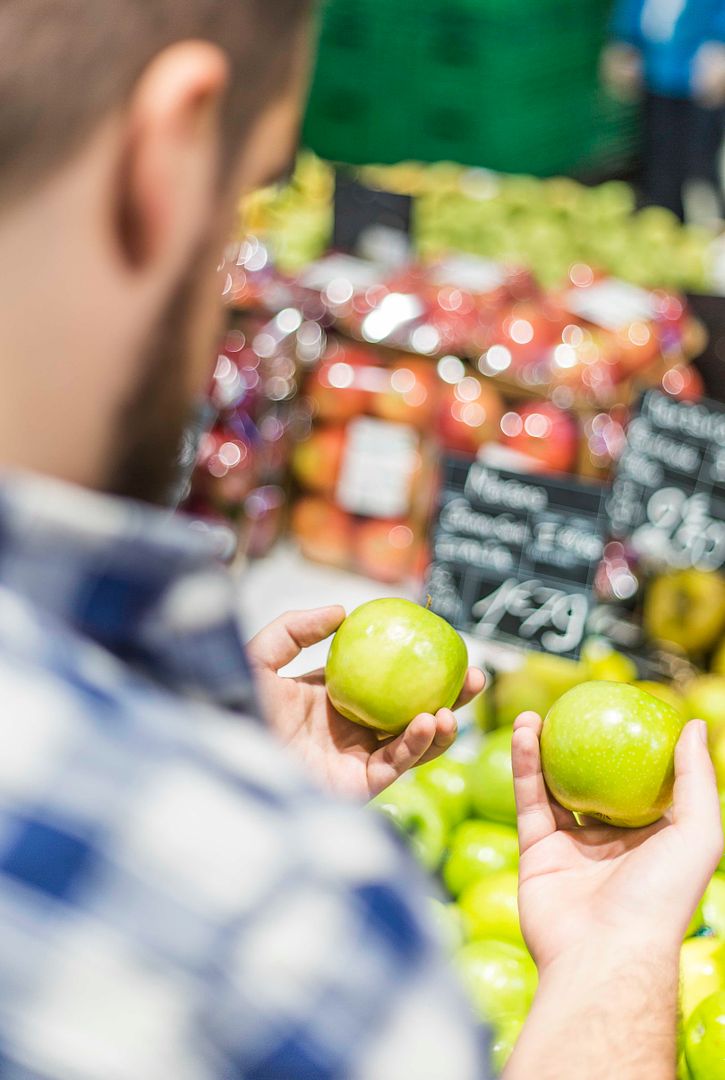
5. Sneaky “sales”
When I see a sale, I automatically assume that I’m getting a bargain, but that’s not necessarily the case. Make sure to do your research, or just some simple math, and be cautious of “5 for $5” or “10 for $10” deals. You don’t have to buy 10 to get the discount, but shoppers tend to buy the suggested number anyway.
6. Try it, you’ll like it
The free nibbles you get while shopping can work for or against you: You just have to be honest with yourself. If you’re the type to buy a tasty sample even if you don’t need it, avoidance may be your best strategy. On the other hand, if you’re hungry when you enter the store, samples can be a good way to tide yourself over so your growling stomach isn’t doing the shopping for you.
7. Crowd mentality
Try avoiding the store at peak hours, since overcrowding can promote a herd mentality, in which you buy more because everyone else is buying. If possible, try shopping early on a Saturday or Sunday morning, or later in the evening on a week night.
8. Impulse purchases
The checkout line is temptation central, especially if you have a weakness for fashion magazines and candy like I do. Even if you find something you actually need, like a tube of chapstick, you’re probably not going to get the best price this close to the register. If you have to shop when you know there will be lines, bring your own magazine or, you know, whip out your smart phone. Just don’t get so lost in your Facebook feed (or Pokemon GO?!) that you hold up the line or let your children run amok. Because by line time, everyone just wants out.

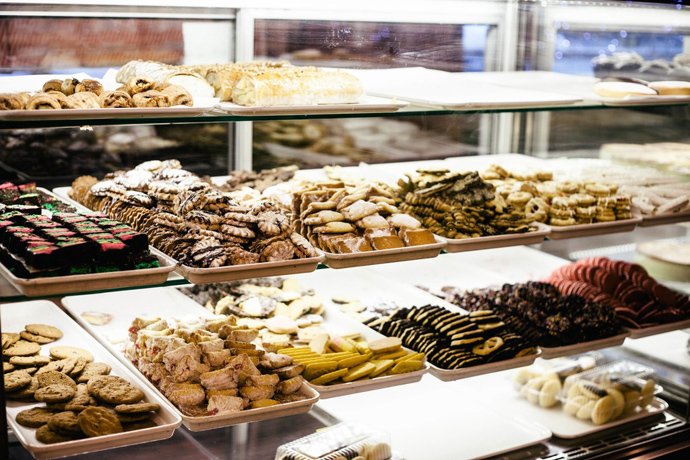
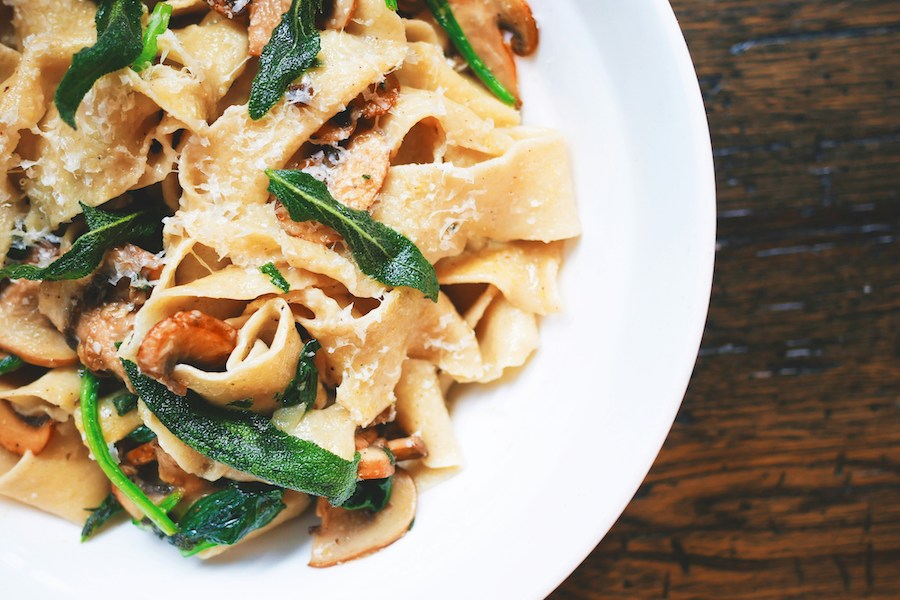

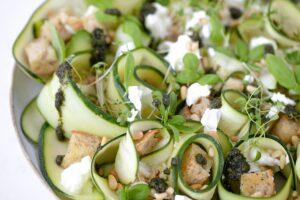
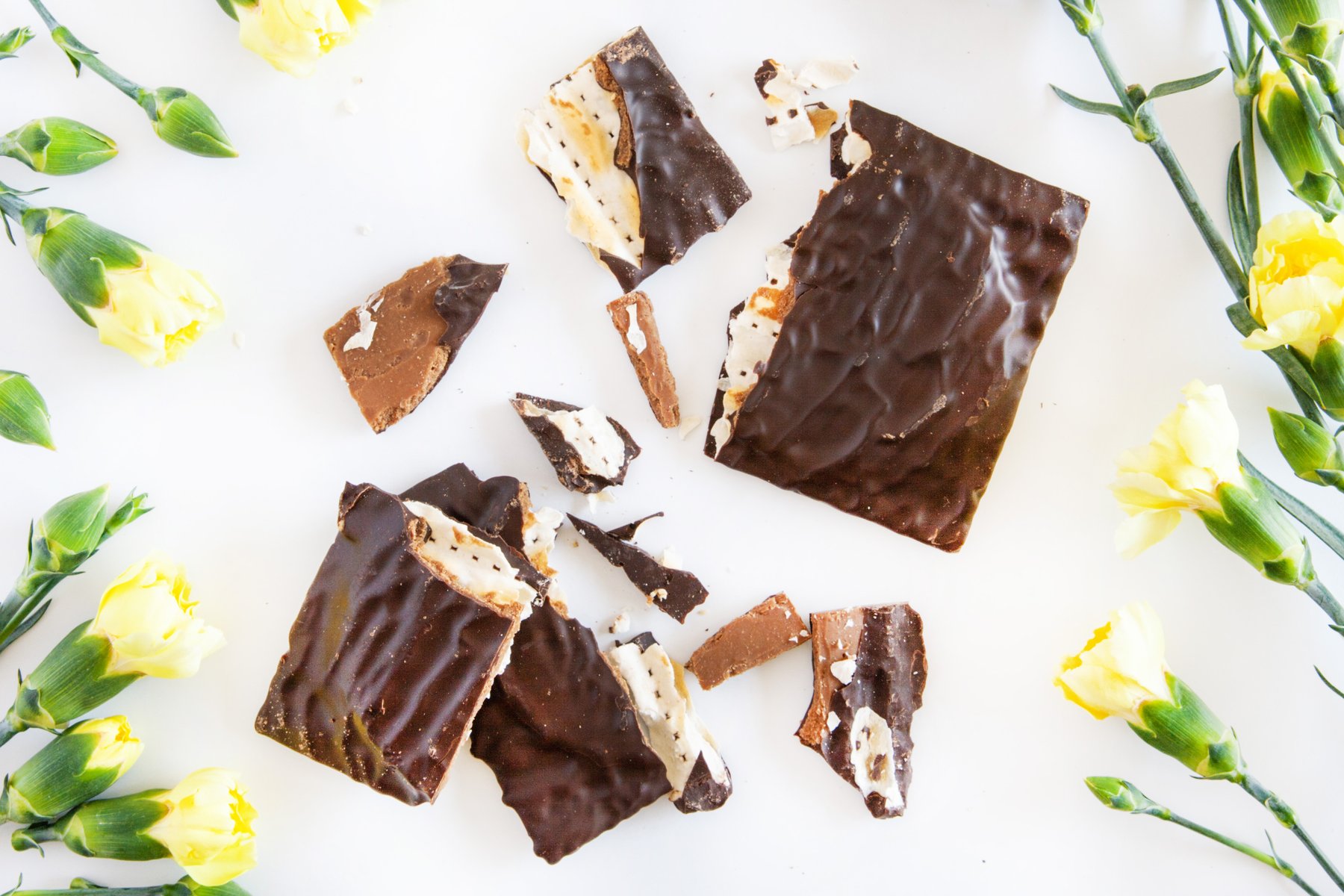
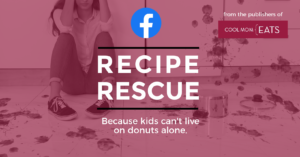
My store has a shop online option. That eliminates all these triggers and you really do just shop for exactly what you need. Then I just pull my car into the shop express lane and they load my groceries and swipe my card. Best. Experience. Ever. AND free samples sometimes.